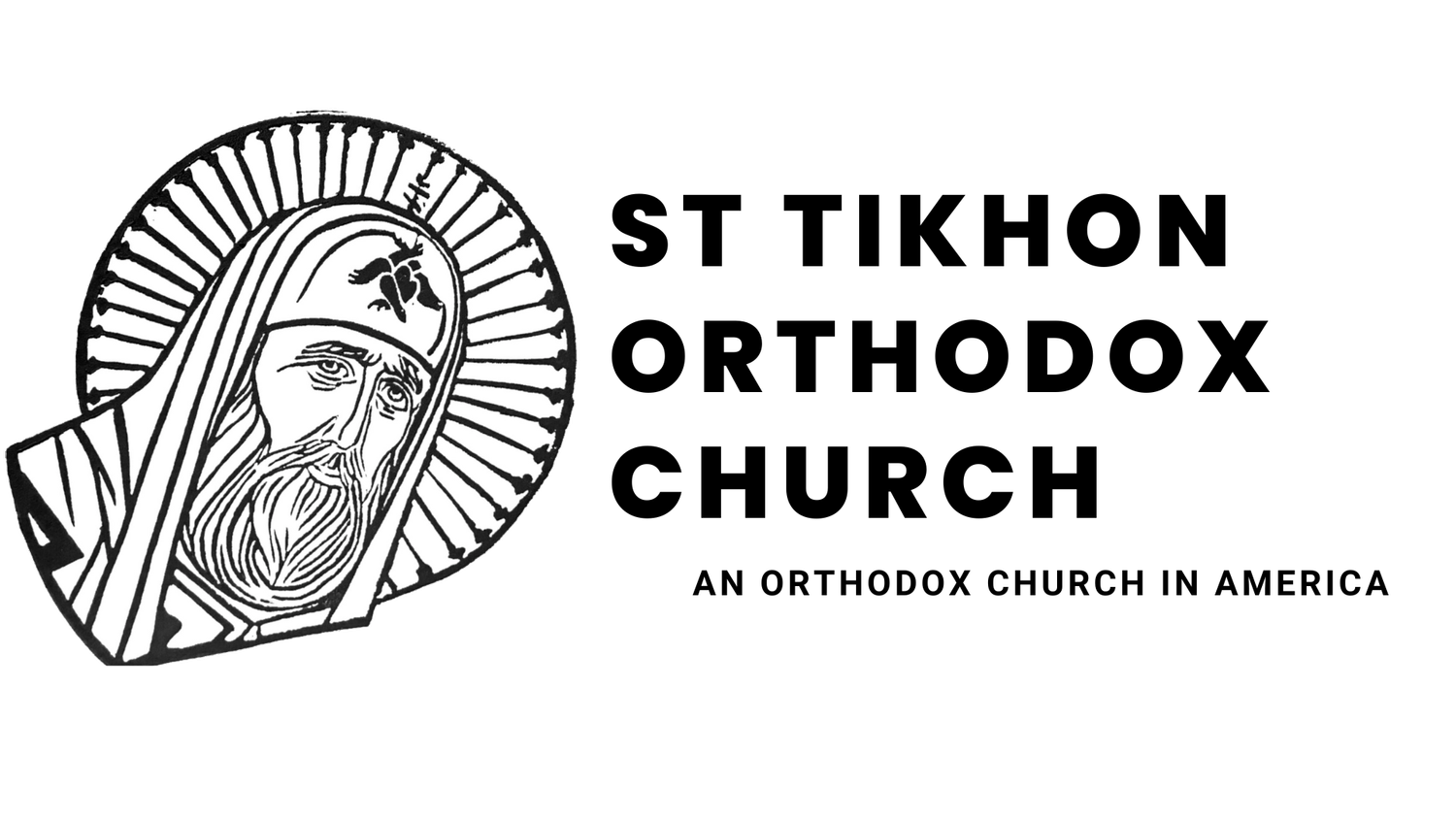Tabor and Hermon
In the celebration of the Feast of the Transfiguration in the Orthodox Church, much attention is paid to the revelation of Christ’s glory as uncreated light. This is fitting, as this element of the event and of the feast became critically important to later doctrinal disputes within the East and ultimately between East and West. There are, however, other important elements of the event and feast relating to the revelation of Jesus as not only Christ but as God which may be all too quickly passed over as a result of this emphasis. Certain liturgical elements of the feast and of scriptures telling of the event give clues to these other elements if they are followed through attentively.
One of these is the repeated quotation of Psalm 89:12 (88:12 in Greek translation), “Tabor and Hermon shall rejoice in thy name.” At first glance, this could be written off as just the utilization of a Psalm verse which happens to mention Tabor, the traditional site of the Transfiguration. It might then be noted, however, that the Synoptic Gospels never identify the mountain upon which the Transfiguration takes place, despite the strong and ancient tradition of its location. In fact, the placement of the event in the Synoptic Gospels rather implies a different location. St. Peter refers to this location as simply “the holy mountain” (2 Pet 1:18), connecting it to the larger tradition of the mountain which is God’s home, ‘har moad’ or ‘the mountain of assembly.’
The mountain on which Yahweh dwells in the Hebrew scriptures is known as ‘the mountain of assembly’ because it is not only his dwelling but also the place at which the divine council convenes. It is the place at which he is enthroned among the Cherubim, the Seraphim, the sons of God, and the rest of the angelic hosts. This dwelling and the meeting place of the council were depicted in the Ancient Near East as taking place in tents. The tabernacle built by Moses was seen to be an earthly copy of the heavenly sanctuary into which he entered atop Mt. Sinai (Acts 7:38-44; Heb 8:5). In addition to the uncreated glory of Christ which shines forth, Moses and Elijah, two humans who have joined the divine council, appear and take counsel with Christ on the mountain (Matt 17:3; Mark 9:4; Luke 9:30-31). It is this understanding that triggers St. Peter’s suggestion that tents be built for Christ and for Moses and for Elijah. That statement is also, however, a misunderstanding of the relationship between Christ’s identity, which St. Peter understands, and the work he is about to do, which as yet St. Peter does not, much as he misunderstood the need of the Messiah to die and rise again in the immediately preceding episode. Even in his later ministry, however, St. Peter understood this experience to be parallel to that of Moses, initiating he and his fellow apostles in a prophetic ministry (2 Pet 1:19-21).
